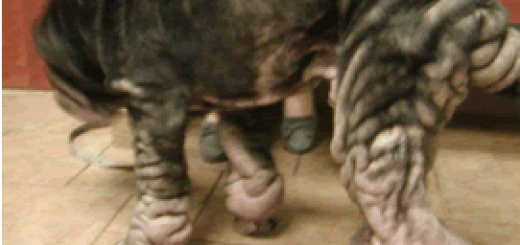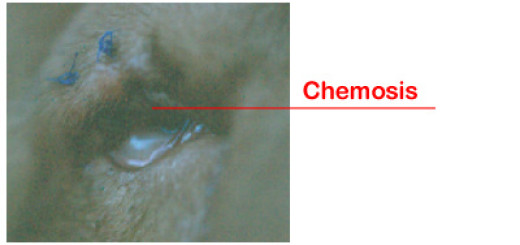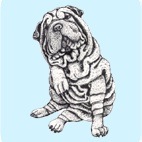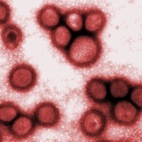Entropion
Permanent ENTROPION SURGERY is often done in Shar-Pei after they reach the age of 6-8 months old. This is the age at which most pups are full grown and have “grown into” their heads. Permanent repair is a surgical procedure that will result in correction of the eyelid problem. Its success depends on the experience and artistry of the surgeon and often times referral to a veterinary ophthalmologist is recommended. The procedure involves various techniques to remove excessive eyelid tissue from the lids, tighten up the eye opening and sometimes remove extra folds of skin around the eyes. Typically the...







